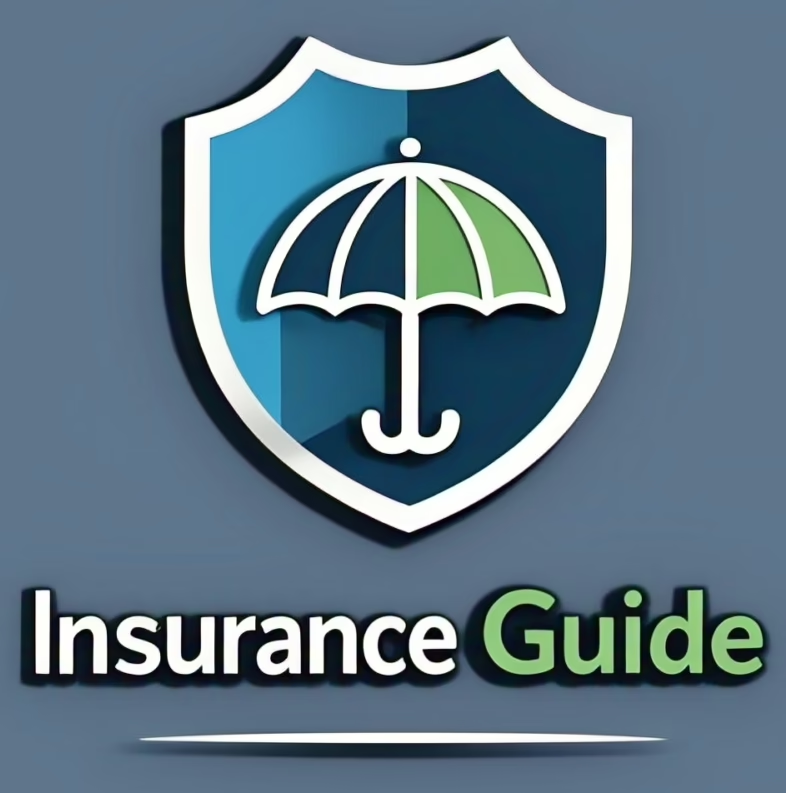A Step-by-Step Guide to Choosing the Right Plan
Health insurance is one of the most critical investments you can make for yourself and your family. However, with a seemingly endless array of options, picking the right plan can feel overwhelming. Whether you’re new to health insurance or looking to switch plans, this comprehensive guide will break down the essentials to help you make an informed and confident decision.
Why Do You Need Health Insurance?
Before diving into the different plans, let’s address why health insurance is vital. Beyond covering medical expenses, a good health insurance policy provides:
- Financial Security: Avoid the burden of unexpected medical bills.
- Access to Quality Care: Gain access to doctors, specialists, and facilities.
- Preventive Services: Many plans cover checkups, screenings, and immunizations at no additional cost.
- Peace of Mind: Know that you and your loved ones are protected in case of emergencies.
Without health insurance, even a simple medical procedure can cost thousands of dollars. Let’s make sure you’re protected.
Key Factors to Consider When Choosing Health Insurance
Selecting the right health insurance involves evaluating your needs and understanding the fine print. Here’s what you should prioritize:
- Monthly Premiums:
- This is the amount you’ll pay every month for your plan.
- If you’re young and healthy, a low-premium plan with a higher deductible might save you money.
- Deductibles and Out-of-Pocket Costs:
- A deductible is the amount you pay for healthcare services before your insurance kicks in.
- Plans with lower premiums often have higher deductibles, so ensure you can afford the out-of-pocket costs.
- Coverage Details:
- Does the plan cover hospital stays, prescription drugs, mental health services, or maternity care? Always check the benefits.
- Provider Network:
- Ensure your preferred doctors, specialists, and hospitals are part of the insurer’s network.
- Out-of-network care can be significantly more expensive.
- Prescription Drug Coverage:
- For individuals with chronic conditions or specific medication needs, check the plan’s drug formulary to ensure your prescriptions are covered.
- Special Needs:
- Consider factors like dental and vision coverage, or specific treatments you may require.
Different Types of Health Insurance Plans
Each health insurance plan has its pros and cons. Here’s a breakdown of the most common types:
- Health Maintenance Organization (HMO):
- Requires you to choose a primary care physician (PCP).
- Referrals are needed to see specialists.
- Lower premiums, but limited provider networks.
- Preferred Provider Organization (PPO):
- Offers flexibility to see both in-network and out-of-network providers.
- Higher premiums but fewer restrictions.
- Exclusive Provider Organization (EPO):
- Similar to HMOs but doesn’t require referrals for specialists.
- Limited to in-network providers.
- High-Deductible Health Plan (HDHP):
- Paired with a Health Savings Account (HSA) for tax-free medical spending.
- Best for healthy individuals who rarely need medical care.
- Point of Service Plan (POS):
- Combines HMO and PPO features.
- You can access out-of-network care with referrals.

How to Assess Your Needs
The type of health insurance you need depends on your lifestyle, health status, and financial situation. Here are some tailored recommendations:
- For Young Adults:
- Consider staying on your parents’ insurance (if you’re under 26).
- Look for affordable HDHPs if you rarely visit doctors.
- For Families:
- Comprehensive PPO or HMO plans are ideal for family coverage, especially if you have children.
- For Seniors:
- Medicare or Medicare Advantage plans offer specialized coverage for individuals over 65.
- For Individuals with Chronic Conditions:
- Prioritize plans that cover specialist visits, regular checkups, and medications.
- For Frequent Travelers:
- Choose a plan with nationwide or global provider networks.
Mistakes to Avoid When Buying Health Insurance
Avoiding common pitfalls can save you time, money, and stress:
- Focusing Only on Premiums: A low monthly premium might mean high out-of-pocket costs. Balance these factors carefully.
- Ignoring the Network: Out-of-network care can be costly. Always check if your preferred providers are included.
- Overlooking Coverage Details: Don’t assume all services are covered—review the fine print to avoid unpleasant surprises.
- Failing to Reassess Your Plan Annually: Health needs and costs change over time. Reevaluate your plan every year during open enrollment.
- Skipping Preventive Care: Many plans include free preventive services, so take advantage of them.
Proven Strategies to Choose the Right Plan
Here are some practical tips to simplify your decision-making process:
- Use Online Comparison Tools:
- Websites like Healthcare.gov allow you to compare plans side-by-side based on costs and coverage.
- Check for ratings and reviews from other users.
- Leverage Tax Credits and Subsidies:
- If you qualify under the Affordable Care Act (ACA), subsidies can significantly lower your premiums.
- Ask for Employer-Sponsored Plans:
- If you’re employed, check if your employer offers group health insurance. These plans often provide better coverage at lower costs.
- Understand Terms Like Coinsurance and Copays:
- Coinsurance is the percentage you pay for medical services after meeting your deductible.
- Copays are fixed fees you pay for specific services, like doctor visits.
- Utilize Health Savings Accounts (HSAs):
- HSAs allow you to save pre-tax dollars for medical expenses. They’re an excellent option if you opt for an HDHP.
Breaking Down Costs with Real-Life Scenarios
Here’s an example to illustrate cost considerations:
- John’s Plan (Low Premium, High Deductible):
- Premium: $150/month
- Deductible: $5,000
- Out-of-pocket costs are higher, making this plan ideal if John rarely visits doctors.
- Sarah’s Plan (High Premium, Low Deductible):
- Premium: $400/month
- Deductible: $1,000
- Lower out-of-pocket costs make this plan better for Sarah, who has ongoing medical needs.
FAQs About Health Insurance
- When should I enroll in a health insurance plan?
- Open enrollment periods are the best time to sign up. Certain life events, like marriage or job loss, may qualify you for a special enrollment period.
- Can I change my plan mid-year?
- You can only change plans during open enrollment or if you experience a qualifying life event.
- What if I can’t afford health insurance?
- Check if you qualify for Medicaid or ACA subsidies for affordable coverage.
- Is preventive care included in all plans?
- Most ACA-compliant plans cover preventive care, including screenings and immunizations, at no additional cost.
Conclusion
Choosing the right health insurance doesn’t have to be a stressful experience. By understanding the basics, evaluating your needs, and comparing options, you can find a plan that provides the perfect balance of coverage and cost. Remember, the right health insurance policy is an investment in your well-being and financial security.




